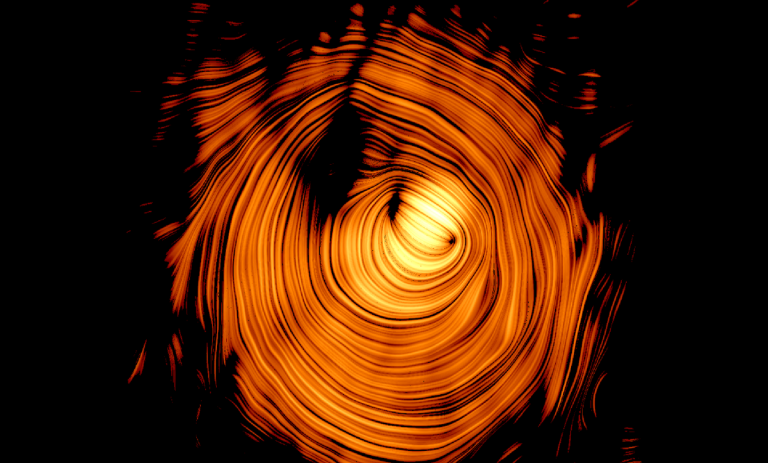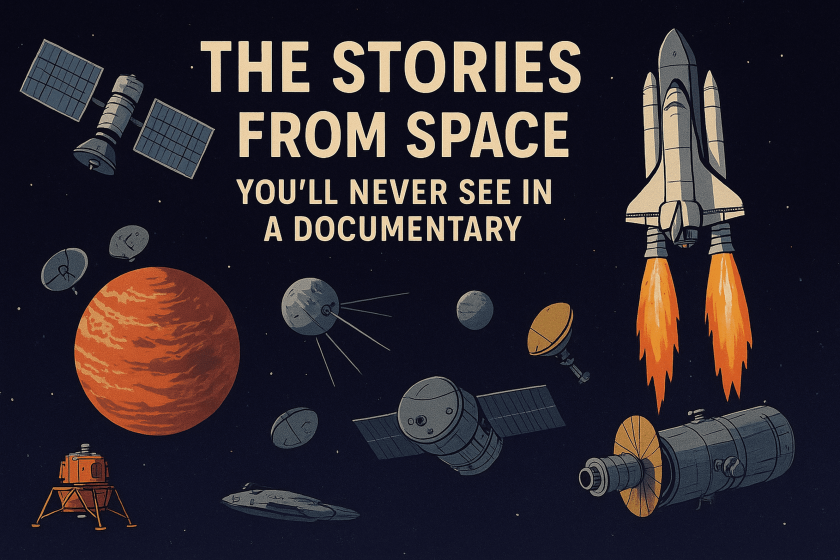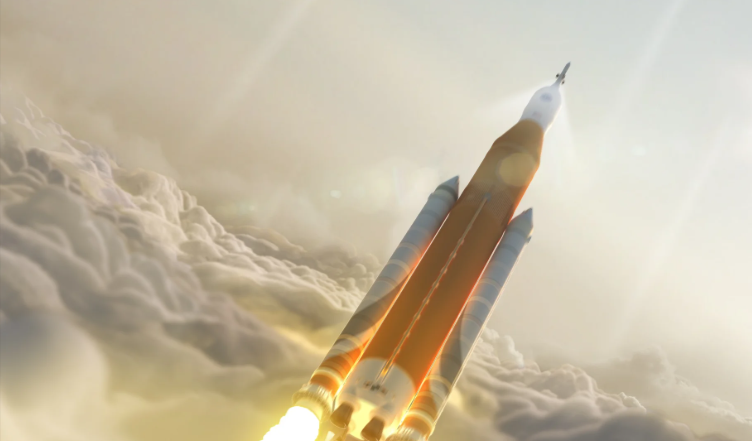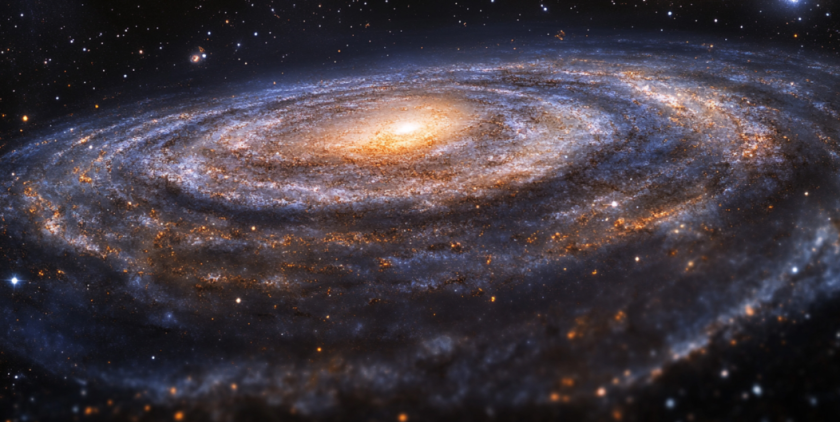
We understand dark matter and dark energy as those invisible things in space that we can’t see but know are out there. As per the scientists dark matter helps hold galaxies together, and dark energy is somehow making the universe expand faster.
Now an interesting theory has come up by the Dartmouth researchers, as per the new approach, both dark matter and dark energy can be explained by borrowing an idea from superconductors.
What Do Superconductors Have to Do with the Universe?
Superconductors, which are used in things like MRI machines, consist of electrons that form special pairs called Cooper pairs. When that happens, the material can carry electricity without losing energy. It’s like saying removing all the bumps from a road so cars can move smoothly.
Thinking on similar lines, the researchers postulate that what if something similar happened in the early universe, but instead of electrons, it involved weird particles that don’t exist in everyday life?
According to the team, the early universe might have had special particles, called fermions, which started forming pairs like electrons do in superconductors. And these particle pairs could explain both dark matter and dark energy.
Story 1: Dark Matter Could Be Invisible Particle Pairs
One perspective of the research is, right after the Big Bang, very light or massless particles could be flying all around. Initially, they acted like any normal hot gas. But as the universe cools, these particles go through a series of following changes:
- At high temperatures, they move freely and behave like light, that is, fast and energetic.
- As the universe cools more, a strange imbalance might have kicked in which causes the two types of particles to start behaving differently. Consequently, their energy could have dropped quickly, faster than regular matter or light.
- Eventually, they cool enough to form pairs, quite similar to Cooper pairs that are found in superconductors. When that happens, they basically “condense” into something new.
- Once they connect, they feel like unseen, heavy, and slow-moving blocks. This is just how we think dark matter works, it gathers in groups, doesn’t produce any light, and helps galaxies come together.
A nice thing about this idea is that these particles move very slowly, so they stay in the same spot and don’t move around much, something scientists call “cold”. This helps us understand why galaxies have the shapes they do.
Story 2: Dark Energy Could Be a Stuck Field
Now, what if those same particles had a tiny bit of mass? That small change can make a big difference.
In this situation, the particles try to match up with each other, but they can’t do it completely. There’s an unseen obstacle that stops the system from settling into its most stable, lowest-energy condition. So, the system is stuck in a pause mode, the effect is similar to a ball resting in a shallow dip rather than rolling all the way down a slope.
While it’s at the stage, the energy from that stuck state acts like dark energy, a force that pushes the universe to expand faster.
Even when something isn’t moving and seems stuck, it still has energy. In science, empty space with energy can create a kind of pressure called negative pressure. This negative pressure acts like a force that pushes space apart, making the universe expand faster. That’s what we observe as dark energy.
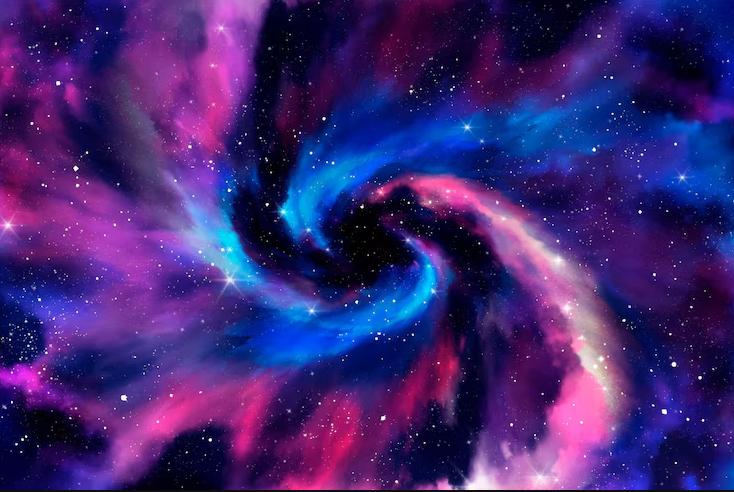
What Makes This Idea Interesting?
This theory is exciting because it’s not just a random guess, it actually makes testable predictions, like:
- The dark matter it’s talking about isn’t completely without movement; it had a tiny amount of pressure in the beginning. This small amount might show up in the leftover glow from the Big Bang, called the cosmic microwave background.
- The theory also suggests there are additional unseen particles that existed in the early universe, and we might be able to find them through future space experiments.
- It might even help explain why scientists get two different answers when trying to figure out how quickly the universe is growing.
Takeaway
Most ideas about dark matter and dark energy are either confusing or too complicated to check. But this idea is different. It links these big mysteries of the universe to something we already know, which is, how particles stick together in superconductors.
Early universe surely went through some strange phase, leaving behind invisible clues. Even now, these hidden hints could still be influencing how galaxies move, how space itself is stretching, and why the universe keeps expanding. At times, I wonder, are there other hidden moments from the early universe that might still be influencing how everything turns out today?
Source: Dartmouth College

